Portrait von Annemarie Schwarzenbach mit Kamera, 1939
© Esther Gambaro, Nachlass Marie-Luise Bodmer-Preiswerk
Annemarie Schwarzenbach (Swiss, 1908-1942) is a complex character in the history of photography. Sadly, her life was cut short by hardship and trauma, though she was raised in in a family of great wealth, comfort, and opportunity. Blessed with a keen intelligence and a poetic soul, Schwarzenbach was highly educated, both in Zurich and at the Sorbonne in Paris where she received her doctorate in 1931, while publishing her first book, and later publishing at least fifteen other books. She was immensely gifted as a photographer, author, photojournalist, and documentarian in a time dominated by men when few women were represented in these fields, and also worked periodically as an archeologist. Her sexual preferences and identity as an androgynous persona, preferring short hair and long pants, reflected in her relationships with both men and women. Her marriage to French diplomat Claude Clarac brought her to Iran, Turkey, Iraq, Syria, and Afghanistan over a number of years. She traveled by car throughout the United States in 1936-37 with fellow photographer Barbara Hamilton-Wright, documenting the aftermath of the Great Depression on the East Coast, on coal mines and industrial regions in the North and Pittsburgh, and in the South, later returning in 1940-41.
Unfortunately, Schwarzenbach suffered from torturous personal demons her entire lifetime marked by an early addiction to morphine, profound and lasting depression, and several suicide attempts. Schwarzenbach died in 1942 after suffering a concussion.
In her striking work in the exhibition, Arab Village: Jew, Negro and Arab, Iraq, we share in her absolute ability to completely immerse herself in the life and culture of people little exposed to the novelty of a woman with a camera.
“If you wish to know the state of a people, turn to its youth: here, nothing is disfigured yet, they express themselves in ways unset by convention, undulled by habit, unswayed by external dependencies and existential conditions; here, ability and zest for life maintains itself with lovely unselfconsciousness.”
―Annemarie Schwarzenbach, All the Roads Are Open: The Afghan Journey
Persepolis, Iran, 1935 (Syria #4) | (Self Portrait) Iraq #2 | Waiting for Work, United States | Arab Village: Jew, Negro and Arab, Iraq | Girl from the Hill Suburbs, Ankara, Turkey, 1933 | The Grand Buddha of Bamiyan, Afghanistan, 1939 | Fisherman Standing on an Oar, Iraq, 1933-34 | Ella Maillart and AS on their trip to Afghanistan, 1939
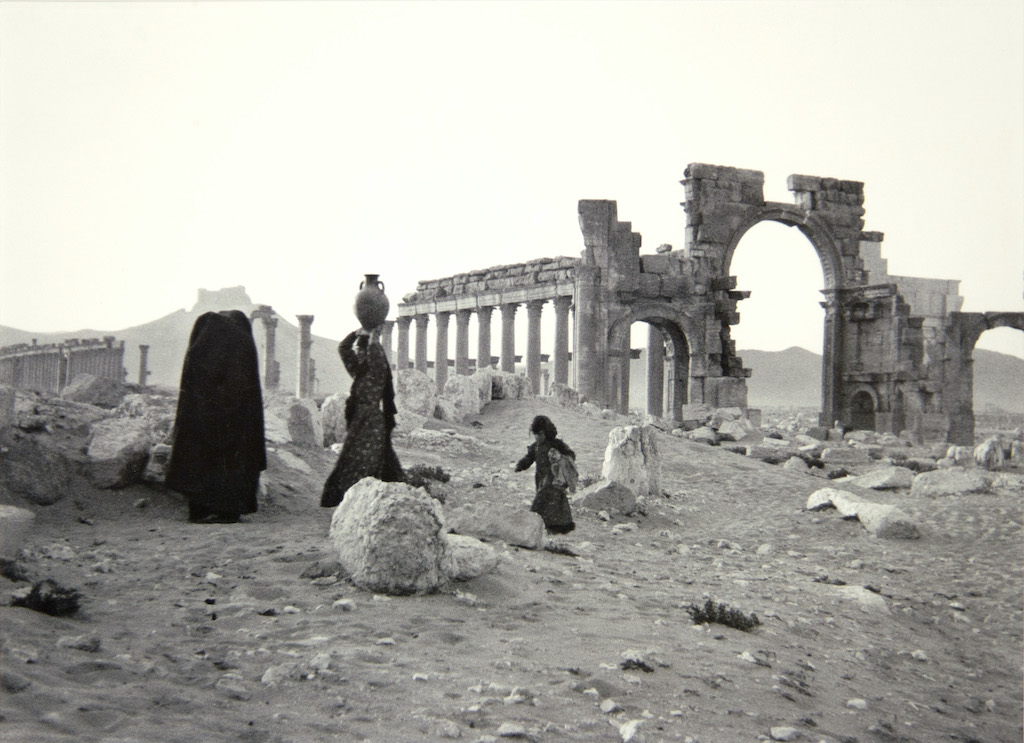
Annemarie Schwarzenbach
Central Colonnade and Gate, Palmyra, Syria, c. 1935.
Copy print from original negative
2005.1.32
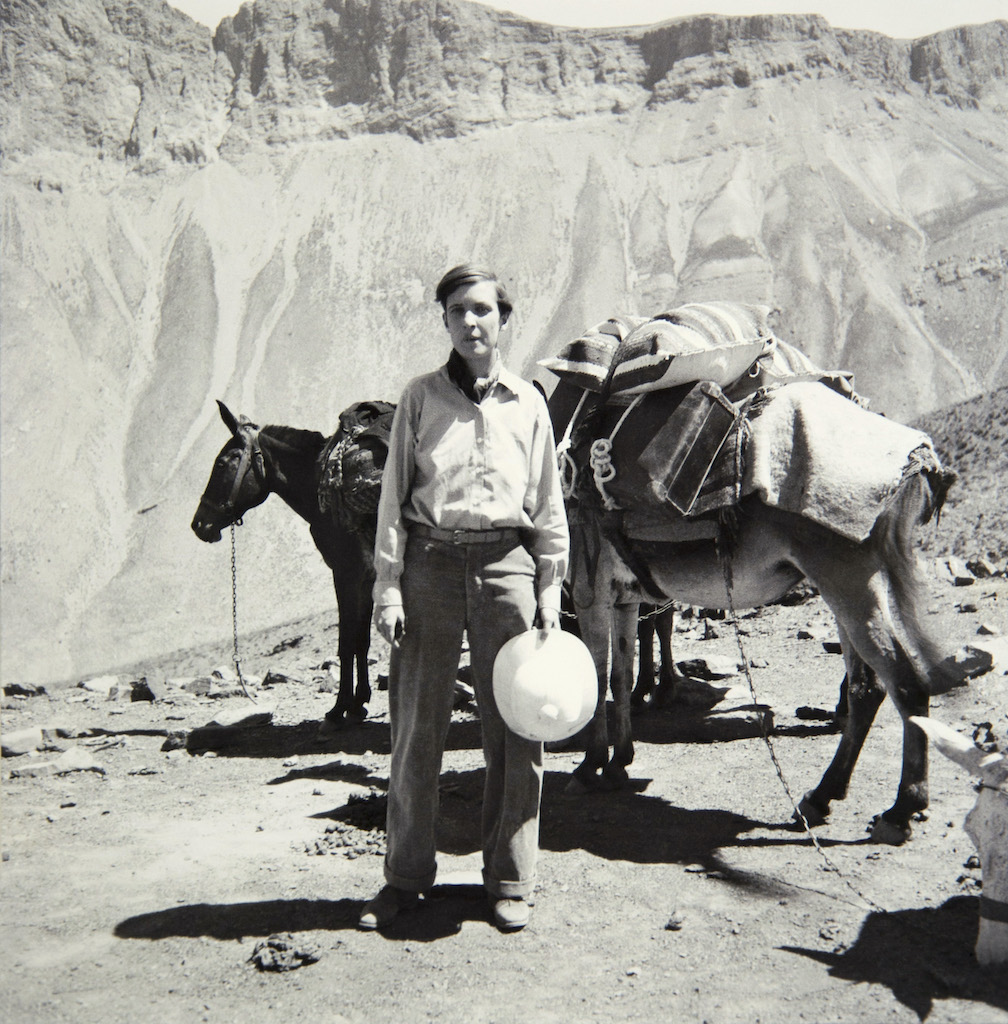
Annemarie Schwarzenbach
(Self Portrait) Iraq #2, c. 1935
Copy print from original negative
2005.1.34
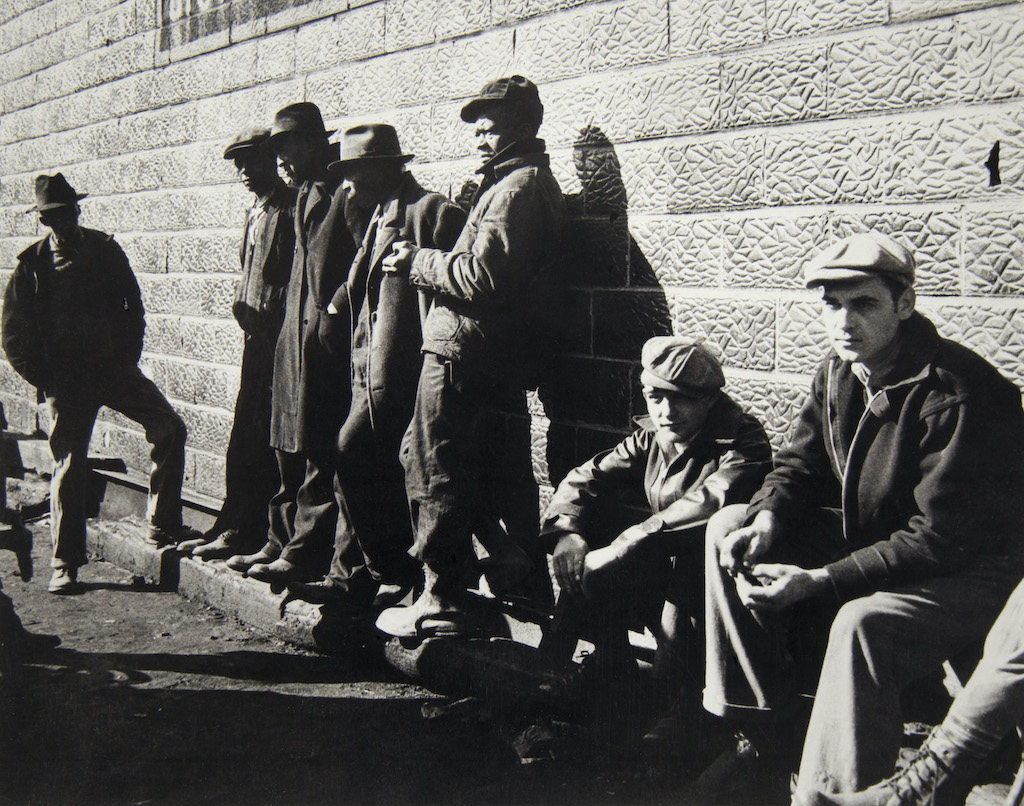
Annemarie Schwarzenbach
Waiting for Work, United States, c. 1936
Copy print from original negative
2005.1.39
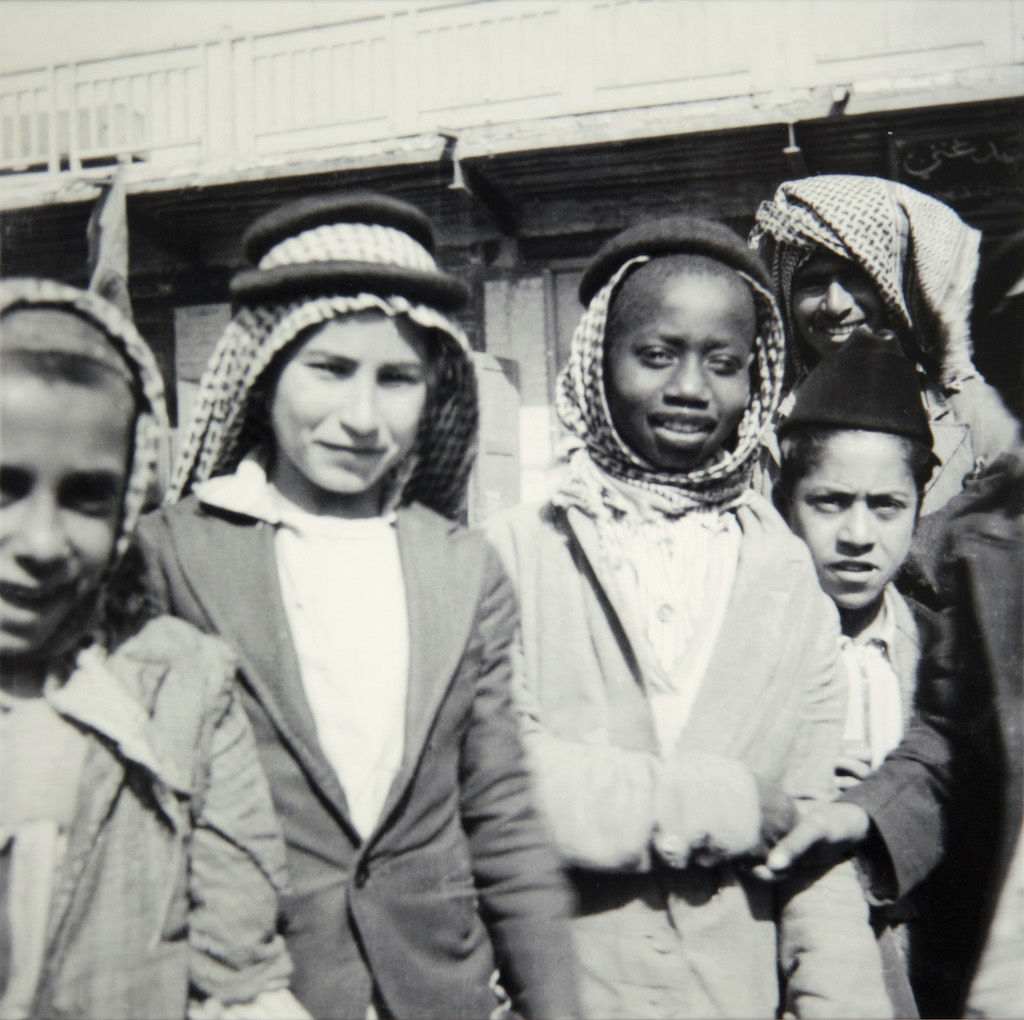
Annemarie Schwarzenbach
Arab Village: Jew, Negro and Arab, Iraq, c. 1935
Copy print from original negative
2005.1.12
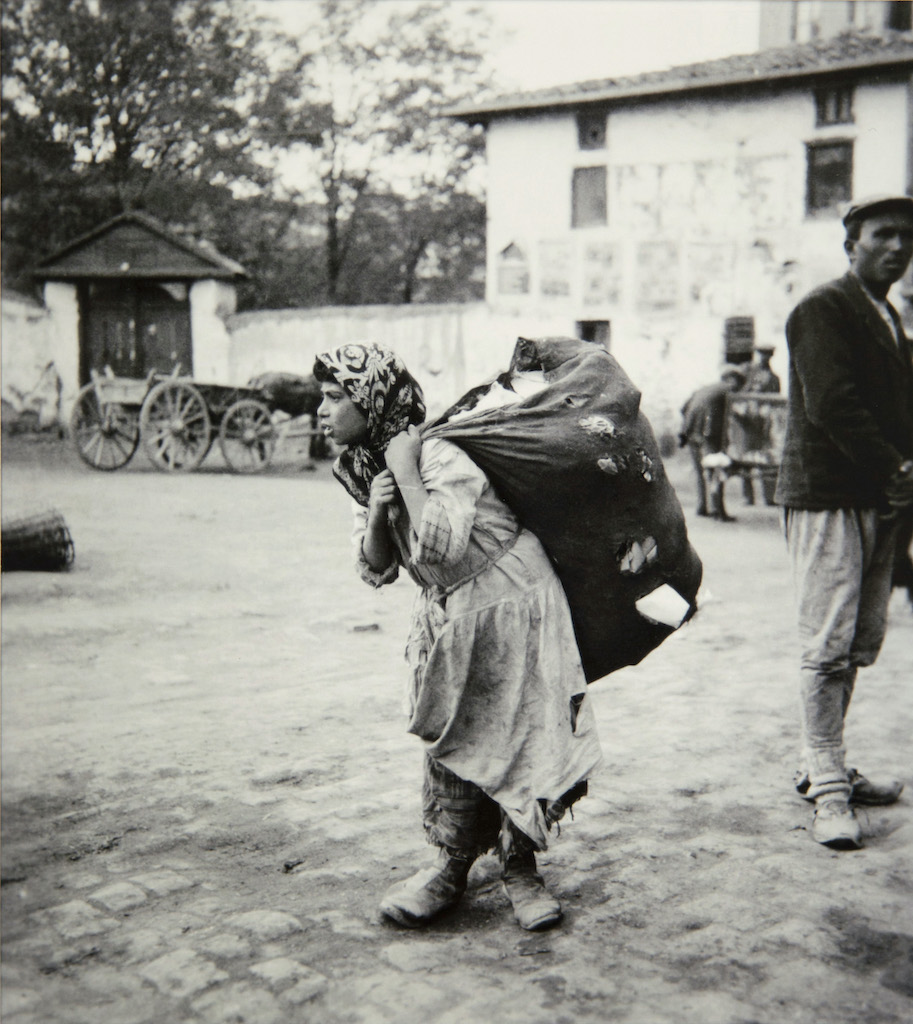
Annemarie Schwarzenbach
Girl from the Hill Suburbs, Ankara, Turkey, c. 1933
Copy print from original negative
2005.1.5
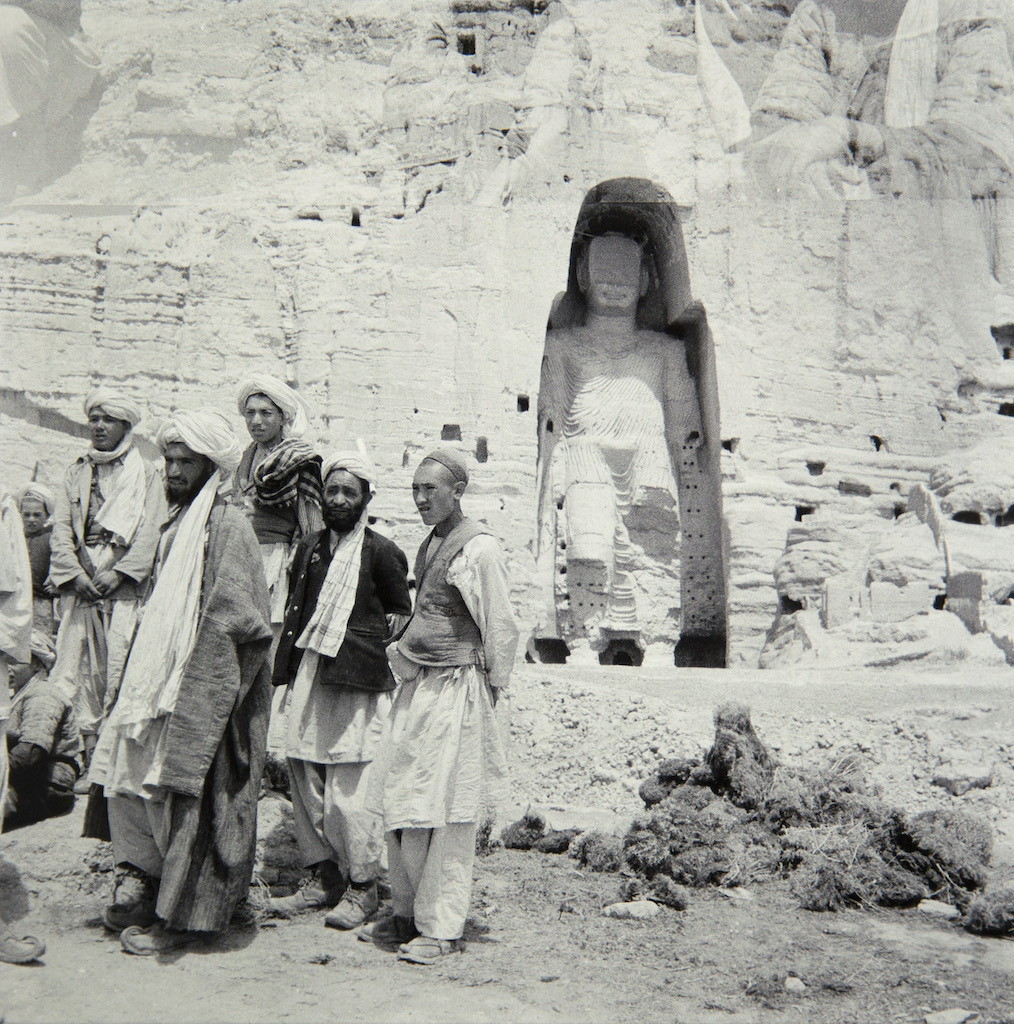
Annemarie Schwarzenbach
The Grand Buddha of Bamiyan, Afghanistan, c. 1939
Copy print from original negative
2005.1.51

Annemarie Schwarzenbach
Fisherman Standing on an Oar, Iraq, c. 1933-34
Copy print from original negative
2005.1.20
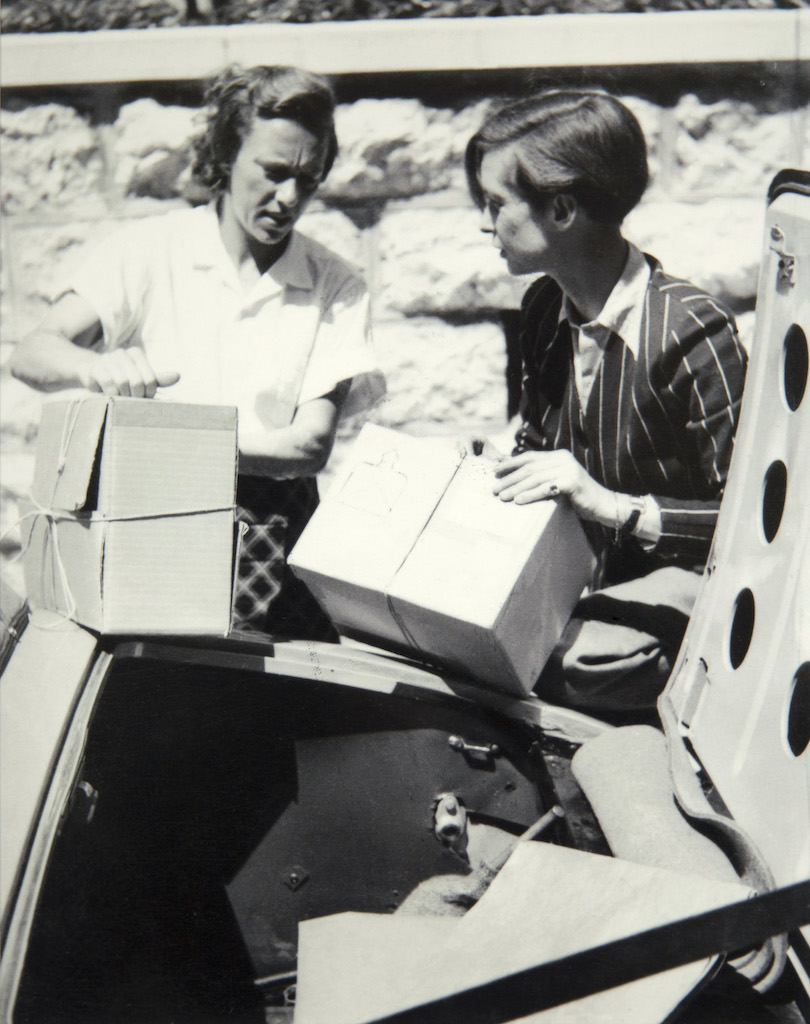
Annemarie Schwarzenbach
Ella Maillart and AS on their trip to Afghanistan, c. 1939
Copy print from original negative
2005.1.40
Images by Jacqui Hopely Monkell

